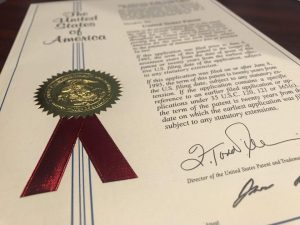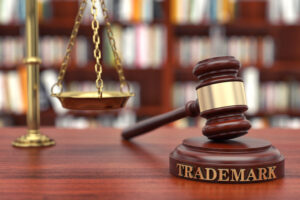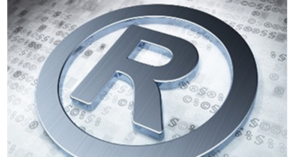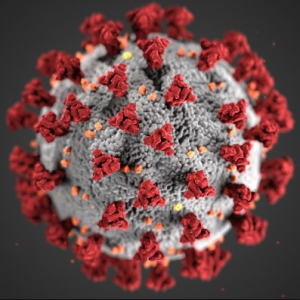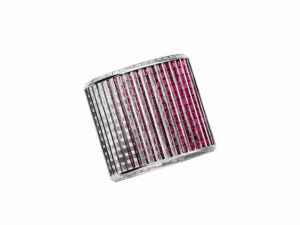How can you obtain a European Union trademark for your business?

Registering Your Trademark in the EU
If you own or are part of a company that conducts a significant amount of business in the European Union, you should consider obtaining an international trademark for your business enterprise. Similar to a U.S. trademark registration, it is possible to obtain an international trademark that can be utilized to protect the reputation, products, and/or services of your business and help to mitigate the risk of infringement by a foreign entity or individual.
If you are interested in obtaining an EU trademark, properly navigating the complexities of the EU trademark registration process can be quite intimidating and features an array of potential pitfalls. Hence, you should thoroughly weigh the costs and benefits of securing the EU trademark to ensure it is worth your time and resources.
Cost of Obtaining a Trademark in the EU
Obtaining a trademark in the EU is not free and requires an investment in both time and money. Specifically, the cost for a one-class trademark application submitted to the European Union Intellectual Property Office is €850 euros, which translates to $990 USD. If you choose to apply for a trademark in two classes, the cost will increase.
The Madrid Protocol
If you do not want to go through the complex process of registering your mark with the EU, you could consider filing a trademark application through the Madrid Protocol. The Madrid Protocol is a treaty that enables a trademark application to be filed in multiple member countries all at once. However, it is important to note that nations participating in the Madrid Protocol treaty are not in a targeted region, such as the European Union. Instead, nations in the Madrid Protocol span the globe. It is also important to note that even if you pay a single fee to file your application through the Madrid Protocol, each participating country has its own registration fee. These factors are what make the EU registration process potentially more attractive and cost-effective.
Benefits of Retaining an Experienced Trademark Attorney
If you are interested in obtaining a trademark in the EU, it makes sense to also invest in a skilled and knowledgeable trademark attorney to help guide your business through the registration process, the complex legal jargon and the nuances of the application form. The advantages of using an experienced lawyer far outweigh the expense. For example, an experienced trademark lawyer in Los Angeles can conduct a clearance search of the EU trademark register prior to filing your application to ensure there are no pre-existing registrations that could potentially prohibit your trademark from being eligible for registration. Such knowledge can save you a number of large fees and time.
If you are ready to begin the process of registering your trademark in the EU, take action by contacting the highly reputable Omni Legal Group at 855.433.2226 to schedule an appointment. We are a premier Patent, Trademark, and Copyright law firm with offices in Los Angeles, Santa Monica, and Beverly Hills. www.OmniLegalGroup.com
Read More
